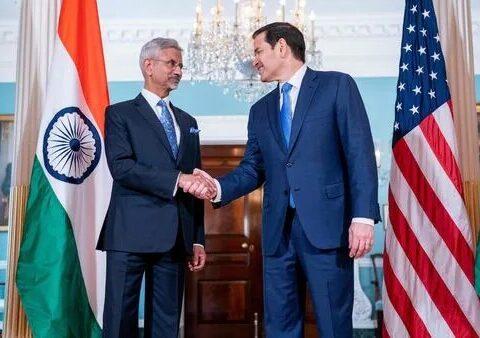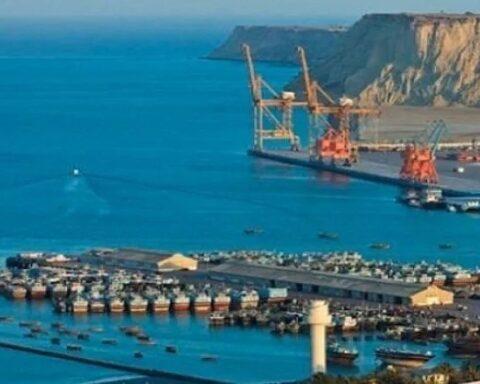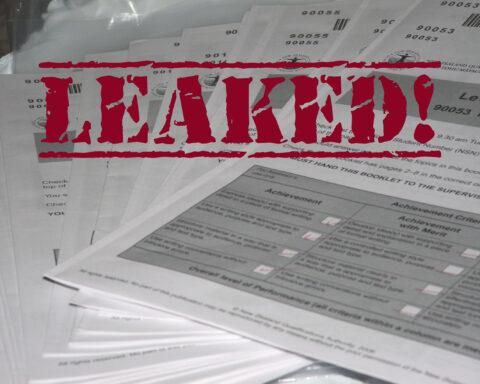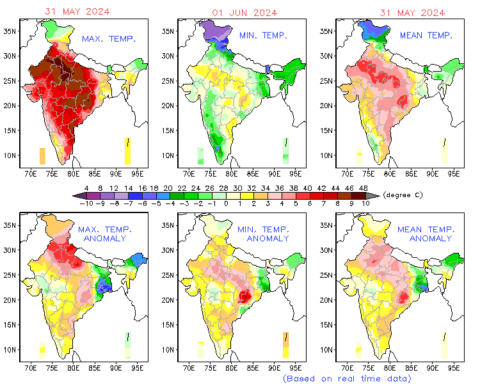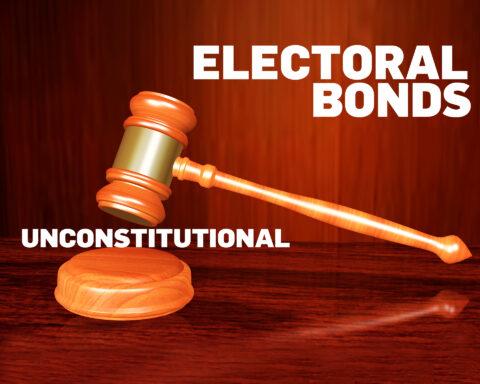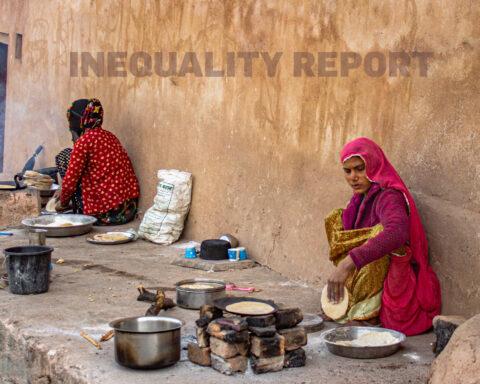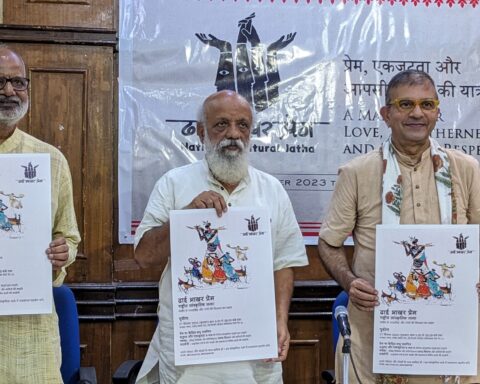With effect from 27 August 2025, the United States has imposed tariffs on India, a move that potentially could reshape bilateral trade relations and disrupt the US$129 billion trade between the two nations. The tariffs were announced by President Donald Trump during his Joint Address to Congress on 5 March, and these aim to impose equivalent duties on imports from countries that levy higher tariffs on US exports.
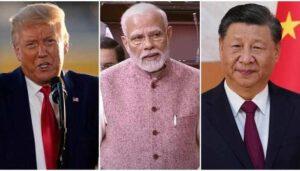
India, with its historically high tariff regime, is among the countries most affected. In his address, Trump specifically criticized India’s auto tariffs, which exceed 100%, describing India as a “hard place to do business.” There is a geopolitical angle to the tariff war, as Trump has also imposed an additional 25% tariff on India for purchasing oil from Russia. China and Turkey are the other two nations, faced with such additional tariff. With India defying the Trump administration, it is necessary to take a closer look at the tariffs and their implications for India.
The US first slapped a 25% tariff on India on 31 July (came into effect on 7 August). Shortly thereafter the US imposed an extra 25% penalty citing India’s purchase of Russian oil.
The most recent remark by President Trump (1 September) on the issue makes it clear that his angst against India are the high tariffs imposed on imports from the US. He said on Truth Social, “What few people understand is that we do very little business with India, but they do a tremendous amount of business with us. In other words, they sell us massive amounts of goods, their biggest ‘client’, but we sell them very little — until now a totally one-sided relationship, and it has been for many decades.”
The Indian government has held several rounds of negotiations with the US and has even proposed reducing Indian tariffs. India is reportedly considering reducing tariffs on key US imports such as agricultural products and luxury goods, while seeking concessions for its export-driven sectors like IT services, pharmaceuticals, and textiles. However, with PM Modi having emphasised the need to protect Indian farmers and agricultural products in his Independence Day speech, the room for negotiations has reduced somewhat. Reciprocal tariffs threaten to erode India’s competitiveness in its largest export market while increasing competition for domestic industries from cheaper US imports.

While there is economic logic behind reciprocal tariffs, the notion that 25% tariff on India for purchasing Russian oil, will make New Delhi stop its purchases is a little illogical. This move therefore is more a political punch against India and Russia, defying conventional economic logic. But Trump’s latest remarks also appear to indicate that the US is willing to negotiate with India, especially India’s successful participation in the SCO Summit in Tianjin, China.
Therefore, the multifaceted impact of reciprocal tariffs on India’s macroeconomic stability, and bilateral relations are examined here. The primary point made is that the juxtaposition of geopolitics and economics make for a dangerous combination when it comes to the Global South and thus, India (as well as others) must find ways to mitigate such tariff impositions.
Impact on Indian Exports

India’s exports to the US, valued at US$ 86 billion in 2024, span critical sectors such as IT services, pharmaceuticals, textiles, gems and jewellery, and agricultural products. The implementation of reciprocal tariffs could reduce these exports by an estimated 3%. Next in importance are IT services which contributed US$ 199 billion to India’s exports in FY2024, with over 50% of revenues coming from US-based clients. While not directly targeted by tariffs, increased costs for US-based tech products could indirectly impact Indian firms like TCS and Infosys. However, there is a practical issue here; if Visa restrictions for Indian professionals are imposed it will exacerbate talent shortages and raise operational costs. A potential decline in demand could lead to job losses among the 4.5 million people employed in this sector.

The next area of attention is the pharmaceutical sector, whose exports totalled US$ 23.6 billion in FY24, with the US accounting for nearly 30% of this market. Higher duties on generic drugs could reduce India’s competitiveness in the US, potentially costing exporters up to US$ 7 billion annually. The other challenge is that increased raw material costs due to disrupted supply chains could further strain profitability.

Notably, the US is a key market for gems and jewellery exported from India. This market is worth US$ 40 billion approximately, globally. Of this the US share is around US$ 10 billion. Higher import duties will dampen the demand for Indian diamonds and jewellery, impacting over one million workers. From an industry perspective, diamonds might feel the tariffs more deeply because the industry generates huge employment opportunities. Silver and lower-cost jewellery may be able to find alternative markets, but the US demand for diamonds is much harder to replace. By way of statistics, India exported about US$ 4.8 billion worth of cut and polished diamonds to the US in the fiscal year 2024-25. This constituted more than one-third of the total exports, which stood at US$ 13.2 billion.

Textiles is another sector which will be hit. Exports to the US were valued at US$ 15 billion in FY2024 but have faced declining global competitiveness. The other issue is that imported textiles from third countries are likely to undercut Indian products in the US and threaten jobs in labour-intensive textile hubs.
Agricultural exports to the US total US $50 billion annually, including rice (US$ 11.4 billion) and spices (US$ 4 billion).
Impact on Imports
India imported goods worth US$ 78 billion in January 2025 alone, including crude oil (US$ 140 billion annually), gold (US$ 45 billion), and electronics components (US$ 18.6 billion). Reciprocal tariffs will increase competition for domestic industries by making US imports cheaper.

The automobile sector is one wherein reduced tariff on US manufactured vehicles, like Tesla, could intensify competition for domestic manufacturers, like Tata Motors and Mahindra. Further, two-wheeler manufacturers such as Royal Enfield may face a challenge, if Harley-Davidson bikes become more affordable due to tariff cuts. However, the more important impact of reduced tariffs will be felt in employment in manufacturing hubs and layoffs could push unemployment rates above their current level of 8.1%.

Agriculture is a key sector for India and increased imports of subsidized US agricultural products could depress local prices and hurt farmers’ incomes. The government is exploring safeguard duties on critical agricultural imports to protect domestic producers, but this is a political decision of some consequence and will have to be carefully decided. From an importer’s perspective, food products from the US, such as grains and dairy items, may undercut local prices, reducing farmers’ incomes.
That is why agriculture remains the central bone of contention bilateral trade negotiations. The US wants expanded access to India’s vast agricultural market to reduce the US$ 45 billion trade deficit. India’s position on this issue has remained firm and protecting the agricultural sector continues to be a priority. India’s tariff protections remain non-negotiable, despite intense pressure from the US. Key points include:
It may also be noted that while criticizing India’s tariff regime, the US also maintains extremely high bound tariff ceilings on agricultural products such as tobacco, dairy, fruits, and vegetables, sometimes exceeding 200%. Such policies reflect inherent US protectionism, revealing double standards that undermine tariff criticism of India.
Macroeconomic Overview
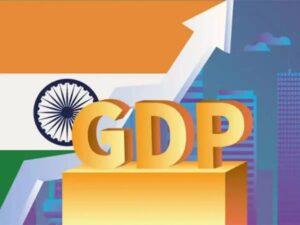
A widening bilateral trade deficit (projected to reach US$ 7 billion annually on account of tariffs) will exert downward pressure on the Indian Rupee and could lead to a further depreciation, if foreign investment inflows do not offset increased import costs.
The other macroeconomic indices to be affected will be GDP growth for FY2025 and is expected to slow down upto 10 basis points, due to weaker export performance and the rising costs of imports. The current account deficit is projected to widen beyond 2% of GDP, if exports fail to keep pace with rising imports.
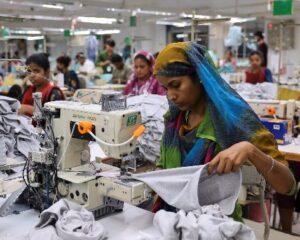
Employment statistics will be most impacted by tariffs. It is anticipated that around one million jobs, across sectors like automotive, textiles, pharmaceuticals, and IT services are at risk, due to the reduced export demand and increased competition from imports. Further, layoffs could exacerbate unemployment rates and strain household incomes further.

Geo-Political Implications
The Trump administration has been given a knock on the knuckles by the Federal Court, which recently ruled that tariffs imposed by the US were illegal and that the White House had overstepped its limits in using emergency laws for this purpose. Be that as it may, the tariffs are an economic weapon with geopolitical implications.
The first implication is in the Indian pushback which is a domestic political issue, which means that negotiations on bilateral trade will linger without any conclusions.
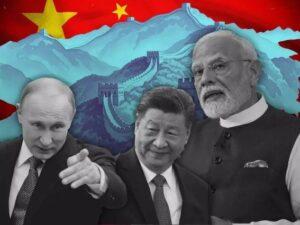
The second issue is that frayed relations with the US will inevitably lead India to seek a reset in relations with China. Russia, an old and trusted friend, will remain an important strategic and economic partner. However, India must keep in mind that its strategic autonomy and economic growth need to be balanced by cooperation with several countries, including the US. Policy cannot be ‘either, or’; India must find balance.

Recall that the US is still an important partner in defence and technology. Will Europe be able to step in to the gap? France is one strategic partner who fits that role admirably, but it cannot replace the US in terms of scale. The same goes for Germany. What lies ahead for India-US relations will be watched closely by China, a country which is still negotiating with the US on trade and tariffs.
Conclusion
The imposition of 50% tariffs by the US, effective from 27 August 2025, poses significant challenges to India’s economy, particularly sectors like IT services, pharmaceuticals, gems and jewellery, agriculture, and automobiles.
While these tariffs threaten key industries’ competitiveness in their largest export market and increase competition domestically from cheaper US-made goods, proactive strategies can help mitigate their impact.
For India to navigate this storm, requires deft diplomacy, multilateral economic cooperation and most importantly, a measured negotiating stance with the US. India needs to keep in mind that Trump is easily swayed and his antipathy towards the Modi government can be substantially downplayed if required. The road ahead is rocky, but not passable. That is the key lesson from the current tariff wars underway between the US and the rest of the world.





